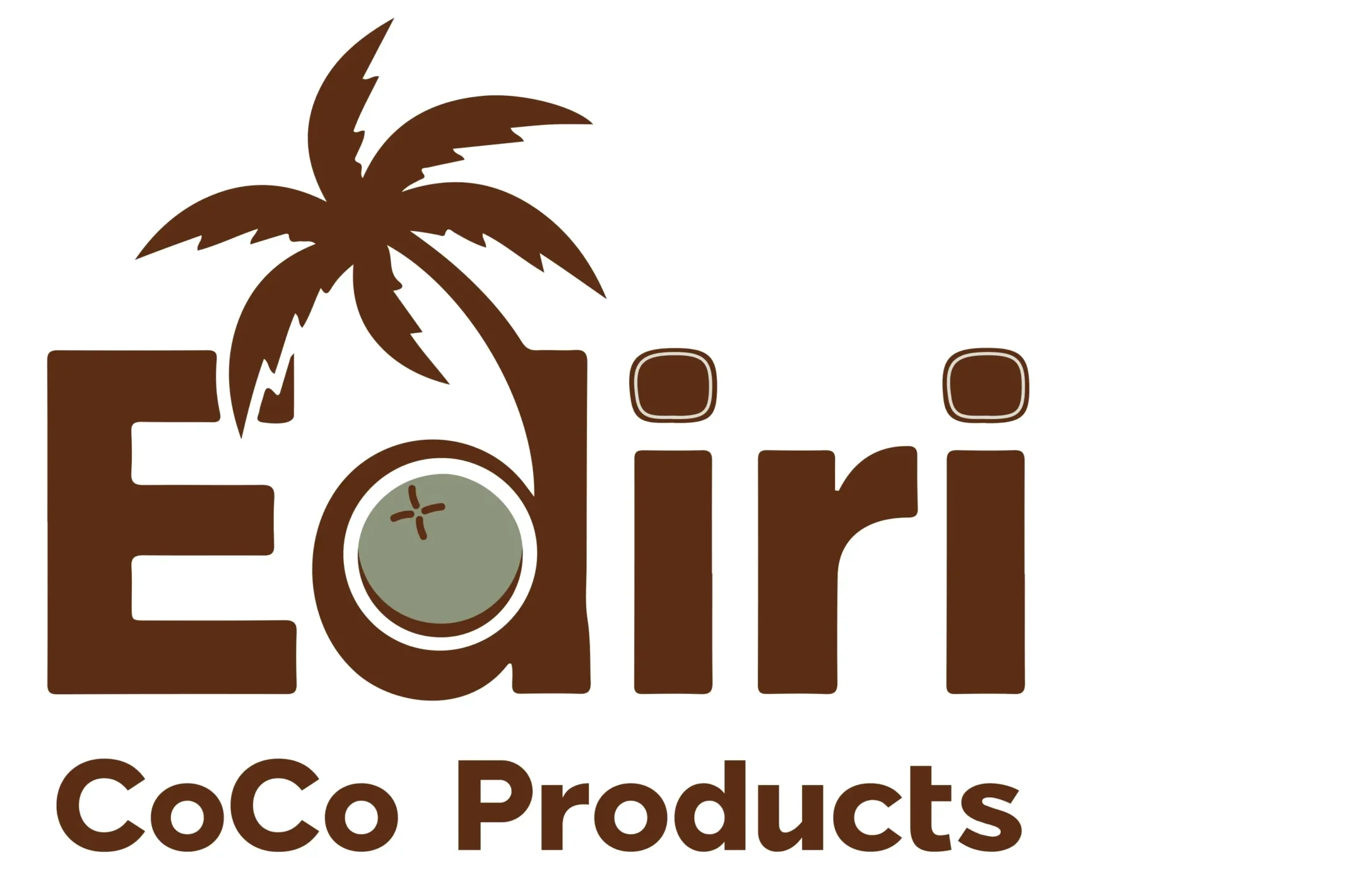Process of Coir Fiber
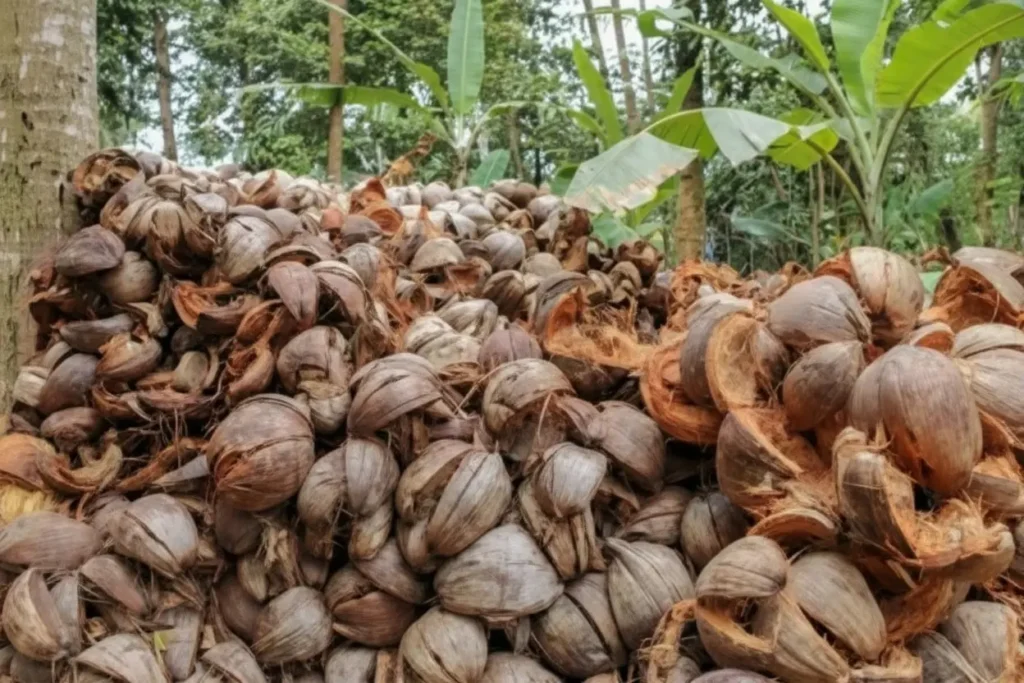
Collection
Fully ripened coconuts that have fallen naturally are collected from the ground.
Coconuts still on the tree are harvested either by skilled climbers or by using long bamboo poles with a knife attached to the end.
Husking
Ripe coconuts are husked immediately after harvesting.
Unripe coconuts are seasoned for about a month by spreading them in a single layer on the ground and keeping them dry.
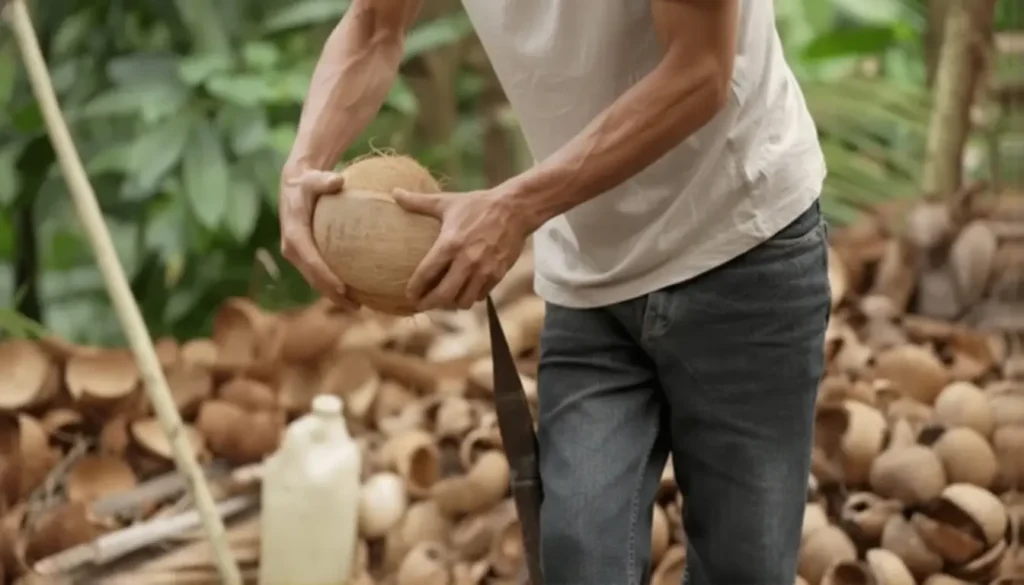

Preparation for Production
Once seasoned and dried, coconuts are processed further for fibre extraction and product manufacturing.
Ediri Coco Products collects high-quality coconut husks from trusted local distributors. To separate the fruit from the seed, both manual methods and locally manufactured machines are used. These husking machines are efficient and capable of processing up to 2,000 coconuts per hour.
After collection, the husks undergo a process called *retting* — a natural curing stage where the husks are kept in an environment that encourages microbial activity. This process softens and partially decomposes the husk pulp, making it easier to separate the strong coir fibres from the soft coir pith. freshwater retting is done in large, cemented tanks built within the factory premises, ensuring a clean and controlled operation.
Once retting is complete, usually within seven to ten days, ripe husks are crushed and processed further. Immature husks, however, are dry milled without retting. These green husks are slightly moistened or soaked for one to two days before moving to the *defibering* stage, where fibres are extracted and prepared for production.
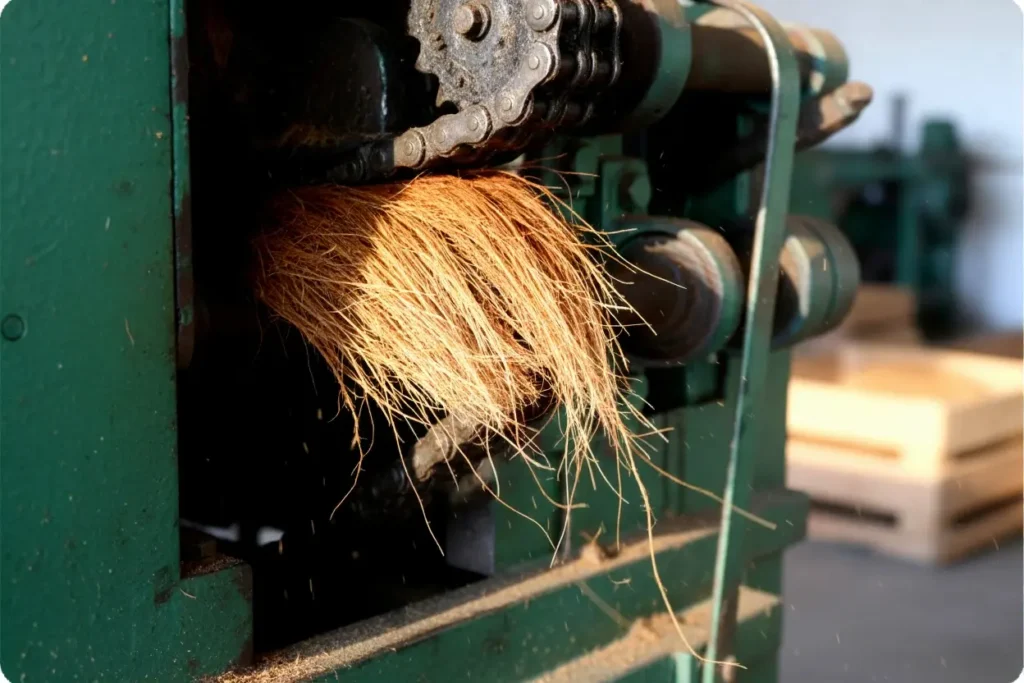
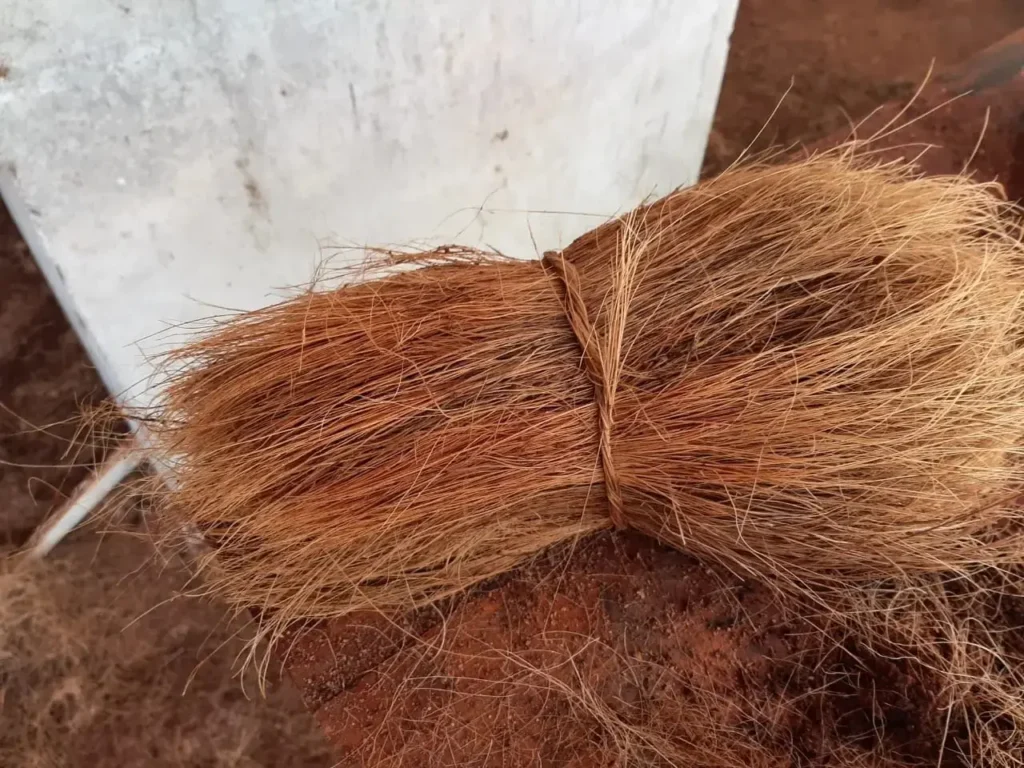
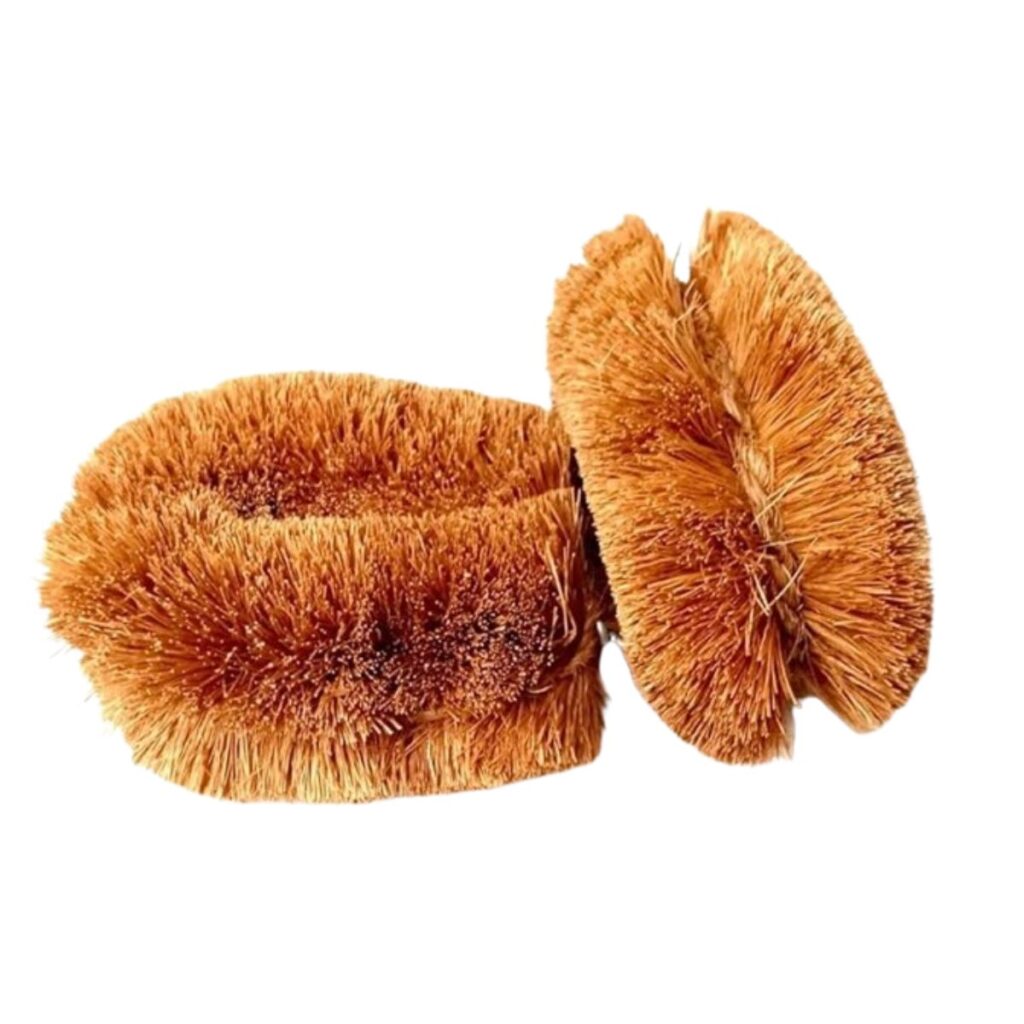

Coir fibre is generally classified in two main ways. The first classification depends on the maturity of the coconut husk from which it is obtained. Fully ripened coconuts produce brown coir, which is stronger, thicker, and more durable. In contrast, coconuts harvested before full maturity yield white coir, a lighter, softer, and finer type of fibre used for delicate applications.
The second classification is based on fibre length. Both brown and white coir contain fibres ranging from 10 to 30 centimeters. Fibres measuring 20 centimeters or more are known as bristle fibre, valued for their strength and stiffness. The shorter, finer fibres are known as mattress fibre, ideal for cushions, mattresses, and soft materials. On average, a 300-gram coconut husk can produce about 80 grams of coir fibre, with roughly one third being bristle fibre and the rest mattress fibre.
Coir fibre is generally classified in two main ways. The first classification depends on the maturity of the coconut husk from which it is obtained. Fully ripened coconuts produce brown coir, which is stronger, thicker, and more durable. In contrast, coconuts harvested before full maturity yield white coir, a lighter, softer, and finer type of fibre used for delicate applications.
The second classification is based on fibre length. Both brown and white coir contain fibres ranging from 10 to 30 centimeters. Fibres measuring 20 centimeters or more are known as bristle fibre, valued for their strength and stiffness. The shorter, finer fibres are known as mattress fibre, ideal for cushions, mattresses, and soft materials. On average, a 300-gram coconut husk can produce about 80 grams of coir fibre, with roughly one third being bristle fibre and the rest mattress fibre.

